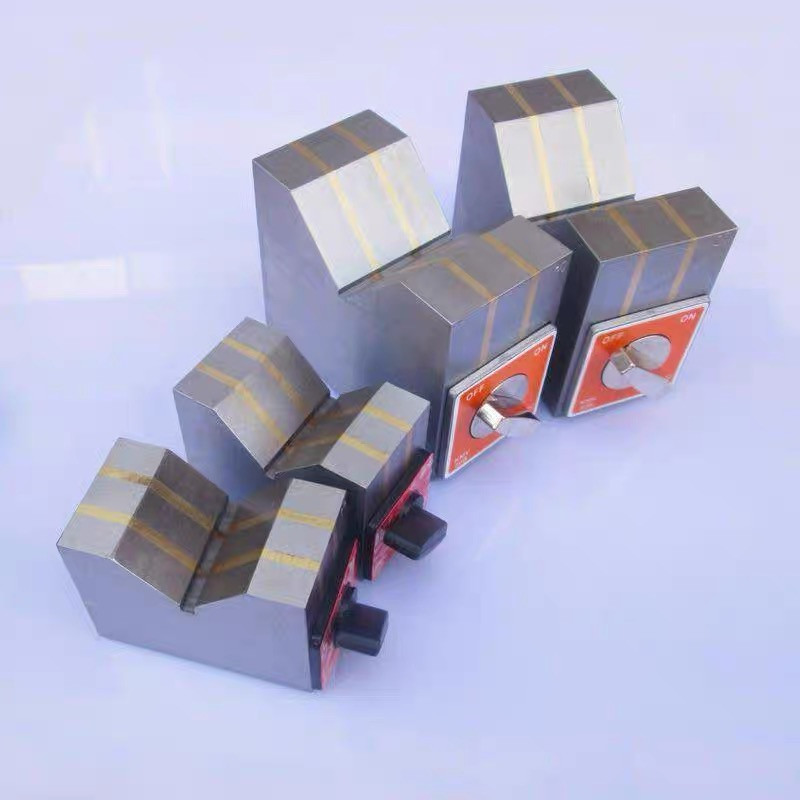nov . 25, 2024 06:51 Back to list
external thread gauge
Understanding External Thread Gauges A Comprehensive Guide
In the world of precision engineering and manufacturing, the importance of accurate measurements cannot be overstated. Among the various tools and instruments used for measuring threaded components, external thread gauges play a critical role. These gauges are essential for ensuring that external threads meet specified tolerances and standards, facilitating effective assembly and performance of mechanical systems.
What is an External Thread Gauge?
An external thread gauge is a specialized measuring instrument designed to verify the accuracy and quality of external threads on fasteners like bolts, screws, and other threaded components. These gauges come in various forms and sizes, tailored to match different thread standards, including American National Standards Institute (ANSI), International Organization for Standardization (ISO), and others.
There are two main types of external thread gauges go/no-go gauges and thread pitch gauges. A go gauge is used to check whether the thread fits correctly, while the no-go gauge ensures that the thread does not exceed specified tolerances. This binary testing method is crucial for quality control in manufacturing processes.
The Importance of External Thread Gauges
1. Quality Assurance In industries where precision is paramount, such as aerospace, automotive, and medical devices, external thread gauges help manufacturers maintain the highest quality standards. By ensuring that threads conform to required specifications, these gauges help prevent assembly issues and potential product failures.
2. Interchangeability Many mechanical assemblies rely on interchangeable parts. External thread gauges ensure that these parts will fit together seamlessly, reducing downtime during assembly and increasing efficiency in the production process. When components are designed to be interchangeable, using external thread gauges during the manufacturing phase becomes even more critical.
3. Cost Efficiency Issues arising from faulty threads can lead to costly rework, scrapping of parts, or even complete system failures. By employing external thread gauges to catch potential problems early in the manufacturing process, companies can save time and resources, resulting in significant cost savings.
4. Regulatory Compliance Various industries are subject to rigorous regulatory standards. Using external thread gauges helps businesses comply with these regulations by ensuring that their production processes meet established quality benchmarks. This compliance is vital not only for the safety of the end-users but also for the reputation of the manufacturer.
external thread gauge

How to Use an External Thread Gauge
Using an external thread gauge is a straightforward process, but it requires some attention to detail
1. Select the Correct Gauge Before starting, it is essential to select an external thread gauge that matches the thread specifications of the component being tested. Thread size, pitch, and type must be correctly identified.
2. Inspect the Threads Start by visually inspecting the threads for any visible damage, burrs, or abnormalities that could affect measurement accuracy.
3. Test with Go Gauge Insert the go gauge into the threaded component. It should fit easily without excessive force. If it does not fit, the thread is considered out of tolerance.
4. Test with No-Go Gauge Next, test with the no-go gauge. This gauge should not fit into the threads. If it does, the threads are also deemed out of tolerance.
5. Record Results Document the results of the gauge tests for quality assurance records. This information can be crucial for traceability and for identifying trends in manufacturing processes.
Conclusion
External thread gauges are indispensable tools in the realm of engineering and manufacturing. They provide the means to ensure precision, maintain quality, and enhance the reliability of mechanical assemblies. As industries continue to evolve and demand higher quality standards, the role of external thread gauges will only grow in importance. Emphasizing their proper usage not only benefits manufacturers but, ultimately, ensures the safety and satisfaction of consumers. In a competitive landscape, investing in quality measurement tools like external thread gauges is an investment in excellence.
-
thread-plug-gauge-our-promise-of-measurement-excellenceNewsAug.22,2025
-
gauge-pin-class-reflecting-quality-legacyNewsAug.22,2025
-
check-valve-types-for-high-rise-buildingsNewsAug.22,2025
-
water-control-valve-for-irrigation-systemsNewsAug.22,2025
-
gate-valve-with-soft-seal-technologyNewsAug.22,2025
-
y-type-strainer-for-oil-and-gas-applicationsNewsAug.22,2025
Related PRODUCTS









